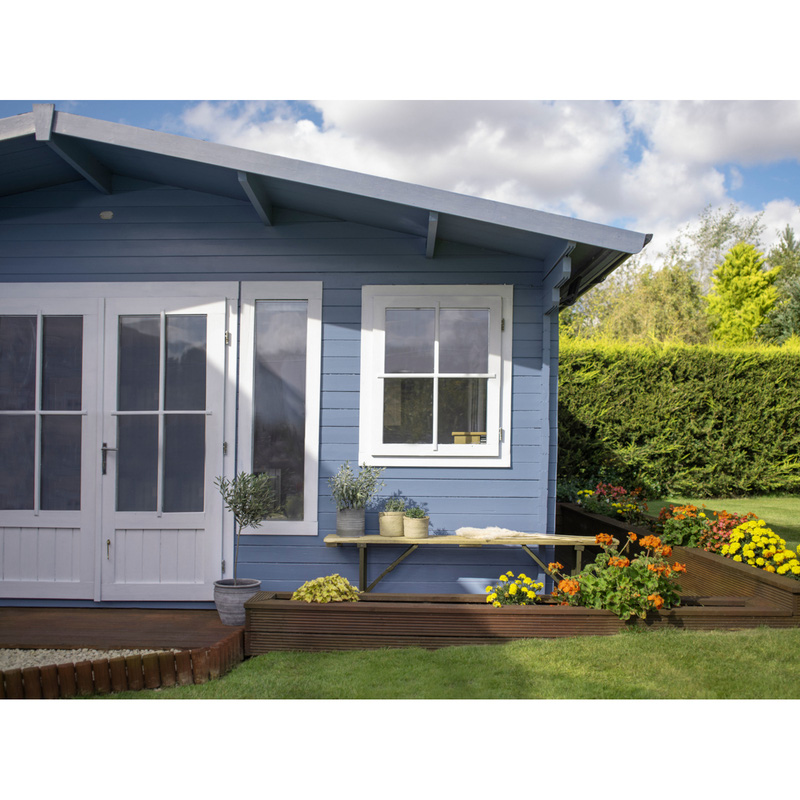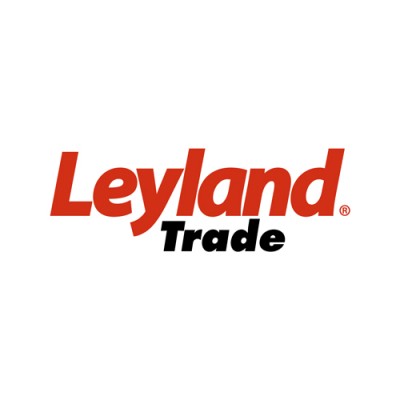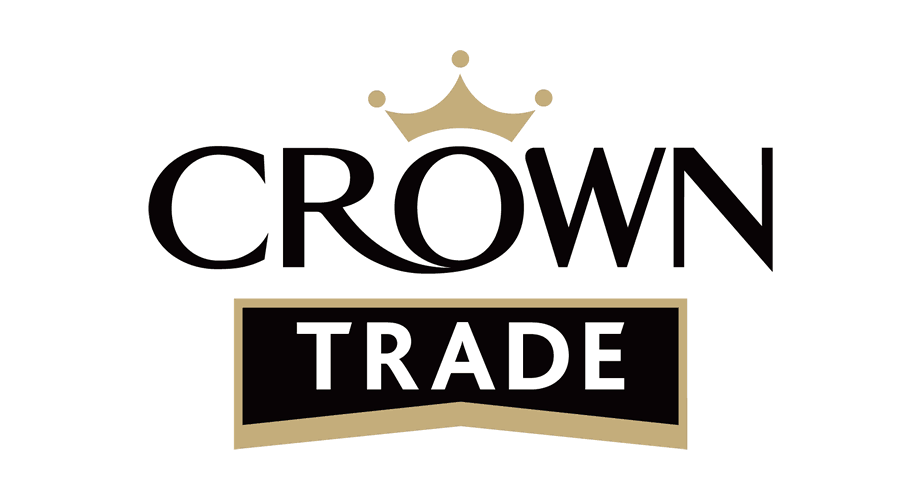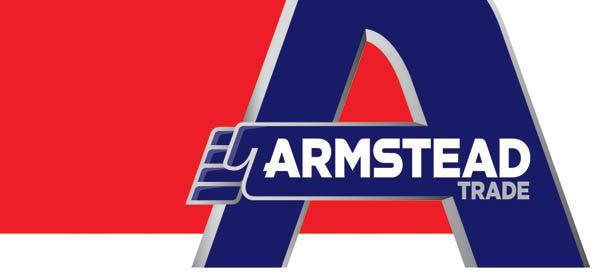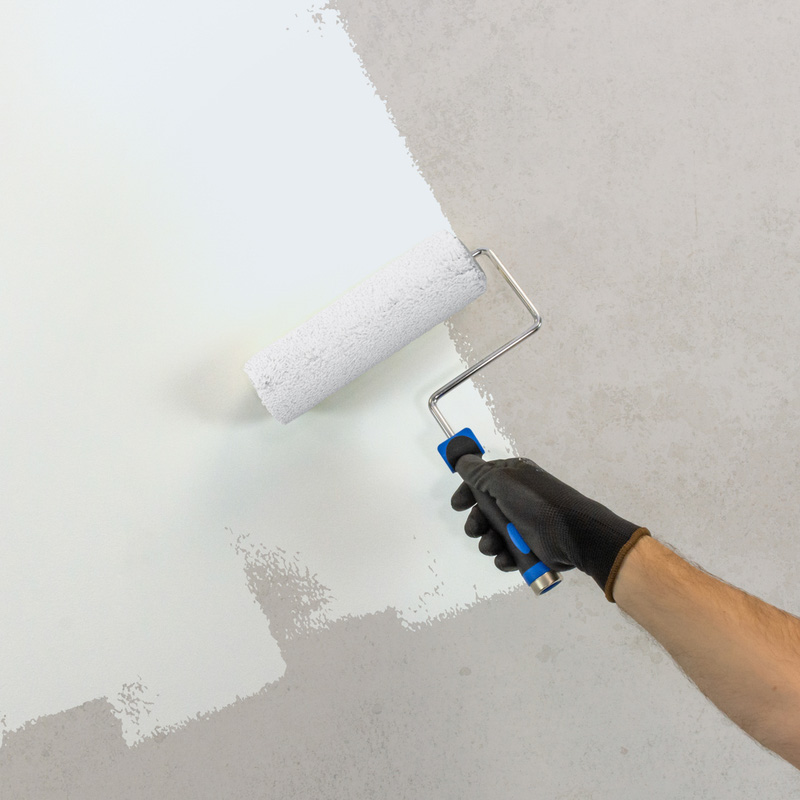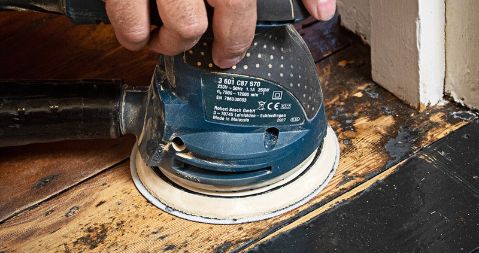With many types of paint finishes to choose from, picking the colour is not the only decision you'll have to make when redecorating a room in your home.
Different types of paint finishes can impact the overall look and feel of a room. For example, gloss or satin paint can brighten up a room and make it feel bigger. On the other hand, an eggshell paint finish can add an air of cosiness while hiding imperfections.
No matter what type of paint finish you choose, from matte to gloss, each offer their own advantages and will suit rooms differently.
What is Paint Sheen?
Paint sheen, also known as paint finish, refers to the level of shine in a specific type of paint. Typically, the shinier the paint finish, the more durable it is.
The paint finish that gives off the most shine is gloss paint. Conversely, the finish with the least amount of shine is matte paint. There are also different paint finishes that sit between the two; eggshell, satin, and semi-gloss.
While higher shine paint finishes are the most durable, meaning you can expect them to last longer, matte paints are more superior when it comes to hiding any surface imperfections.
Types of Paint Finish
The most common types of paint finishes are matt, eggshell, satin, semi-gloss, and gloss. They range from a low to a high sheen, and each one has a number of advantages and considerations.

Matt Paints
Matt paint has low sheen and absorbs light rather than reflecting it – making it a great choice for adding warmth and hiding imperfections on low-traffic surfaces such as bedroom walls and ceilings.
Matt paints contain high levels of pigment, offering great coverage; you can cover surfaces in fewer coats for quicker painting at a lower cost.
Wiping regular matt paint can cause the finish to come off, so they are less suited for bathrooms, kitchens and cabinetry. But don’t worry if you love a matt finish, here at Toolstation, you’ll also find scrubbable matt paints which can withstand more frequent cleaning.
Advantages
-
Adds a warm, luxurious look to low-traffic rooms
-
Hides imperfections and offers great coverage
-
Easy to touch up
Things to Consider
-
Difficult to clean because the finish can wipe off
-
Consider a scrubbable version in higher traffic areas
-
Regular matt paints have low durability

Eggshell Paints
Eggshell finishes have low-to-moderate sheen, making them more durable and easier to wipe clean than matt finishes – perfect for higher traffic spaces such as living rooms and dining areas.
Because of the lower sheen, eggshell paints hide imperfections better than satin and gloss, while still allowing light to bounce around rooms to make them appear bigger and brighter.
The slight shine to eggshell finishes makes it more difficult to add touch ups to small areas without seeing the layers of paint – it’s often easier to simply repaint the whole surface.
Advantages
-
Easier to wipe clean than matt finishes
-
Doesn’t pick up dirt easily and hides imperfections
-
Reflects some light, so rooms seem brighter
Things to Consider
-
Hard to touch up small marks because of the sheen
-
Slightly less durable than silk and satin finishes
-
If needed, consider a more durable eggshell paint brand
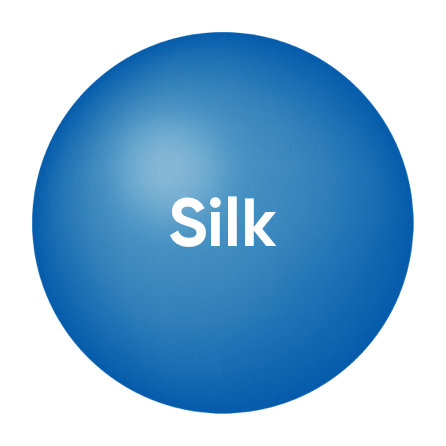
Silk Paints
Silk finish paints have moderate sheen – shinier than matt, flatter than gloss – and are durable and easy to clean; ideal for bathroom and kitchen walls, as well as kids’ bedrooms.
The moderate sheen reflects more light than matt and eggshell finishes, which bounces off surfaces to make rooms appear brighter and more spacious.
If your walls get lots of sunlight, silk paints can show up more imperfections than matt finishes because they reflect more light. This can be reduced with thorough priming.
Advantages
-
Easy to clean – ideal for bathrooms, kitchens and kids’ rooms
-
Adds durability and protection to high traffic areas
-
Makes smaller rooms appear bigger and brighter
Things to Consider
-
More difficult to touch up – layers show
-
Priming is necessary
-
Shows up imperfections more clearly than flatter paints
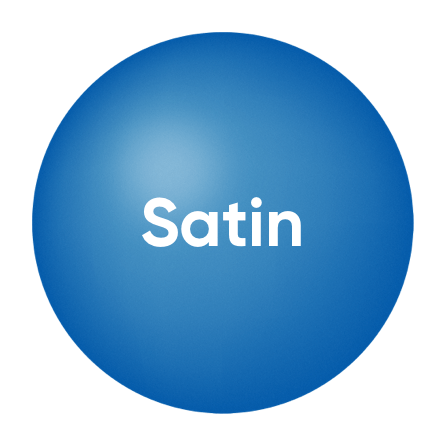
Satin Paints
Satin finishes, like silk paints, have moderate sheen and are very durable. They’re used on wooden surfaces like trims, doors and around windows because the sheen adds a protective layer.
Light bounces off satin paints, making rooms appear bigger and brighter.
Imperfections show up clearly because satin paint reflects lots of light, meaning thorough cleaning and priming is needed. It’s also more difficult to touch up smaller areas with satin finishes without layers showing.
Advantages
-
Perfect for commonly marked/kicked surfaces
-
Durable and easy to clean
-
Reflects light – making rooms appear bigger
Things to Consider
-
More difficult to touch up
-
Thorough preparation is needed
-
Imperfections are more likely to show

Gloss Paints
Gloss finishes have very high sheen and are extremely durable and easy to wipe clean – perfect for trims, doors, cabinets, and surfaces in commercial buildings such as offices and schools.
They add a protective coating both indoors and outdoors, so they can even be used to protect surfaces from the elements.
Gloss finishes show up imperfections more clearly – thorough priming is needed – and it’s hard to touch up small areas without showing the layers of paint.
Advantages
-
Ideal for high traffic areas – trims, doors and cabinetry
-
Easy to clean
-
Adds protection to your surface
Things to Consider
-
Shows up imperfections clearly
-
Careful preparation is necessary
-
Difficult to touch up – layers will show
Key Paint Finish Considerations
Surface Imperfections
Surfaces with more imperfections (or those that get a lot of direct sunlight) best suit lower sheen finishes because they absorb more light – hiding marks and scratches.
Colour
Dark, rich colours make surfaces seem glossier, meaning you may want to choose a flatter paint – or a glossier one for lighter shades.

